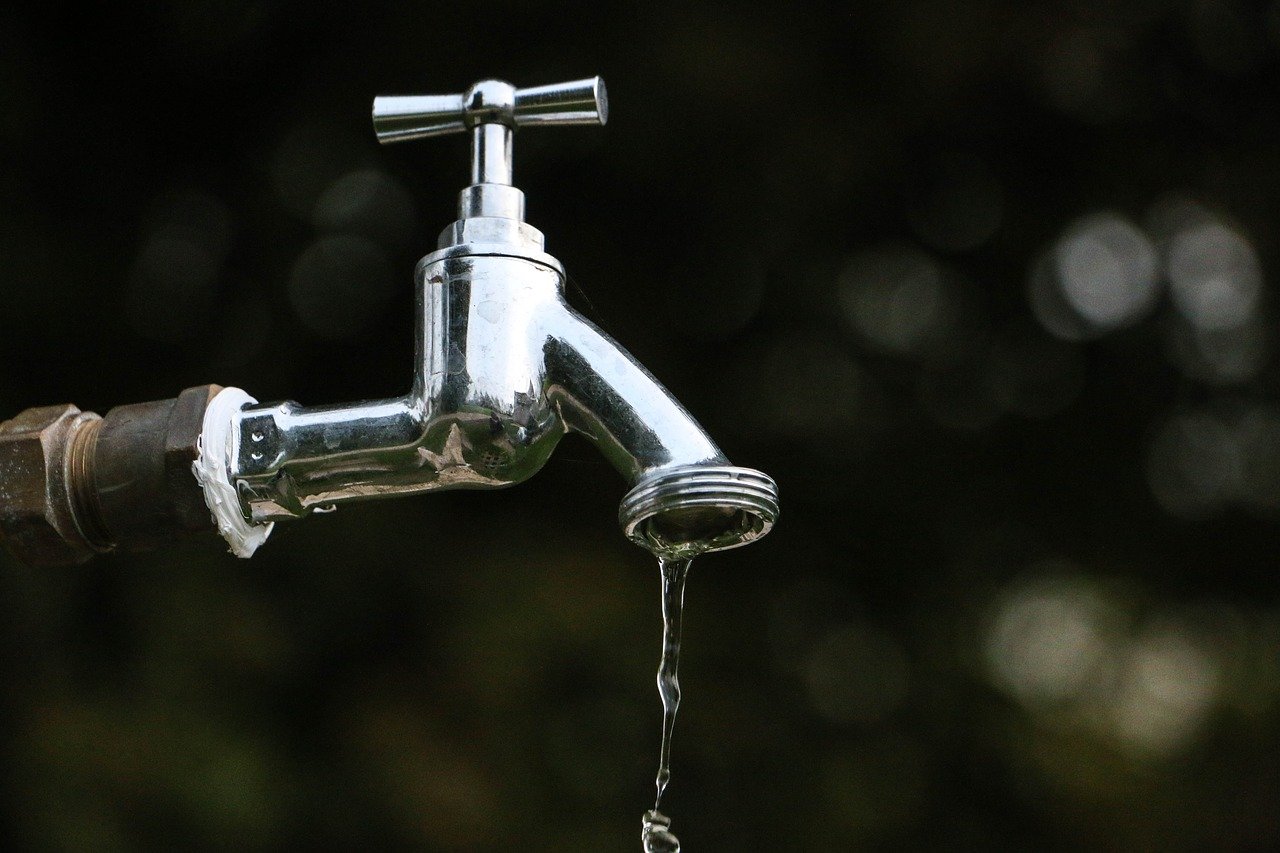Oregon Ranks 25 Out of 48 Lower States at Risk of Drinking Contaminated Groundwater

More than 20% of Americans living in the Lower 48 states – including 800,000 Oregonians – could be using contaminated groundwater containing “forever chemicals” for drinking supplies, according to a federal study by the U.S. Geological Survey (USGS).
Oregon is ranked 25th of the 48 Lower states for the number of people using public or private wells. The Interstate 5 Corridor is earmarked as the highest concentration of users affected by water possibly contaminated with ‘forever chemicals.’
Neighboring Washington Has 3.1 million Residents Affected by Forever Chemicals
Neighboring Washington is ranked in 9th position, with 3.1 million residents at risk of using contaminated groundwater. Vancouver relies entirely on groundwater supplies, tapping into three underground aquifers. However, city officials have confirmed that a series of filters will be built by 2029.
The national estimates of untreated groundwater that supplies private and public wells water containing per- and poly-fluoroalkyl substances, known as PFAS, have been published by USGS scientists.
The study says the estimates of PFAS in groundwater do not account for actions that may have been taken by states, municipalities, and individuals to treat drinking water supplies.
Health Risks and Consumer Products
Health risks associated with PFAS include cancer and high blood pressure.
PFAS is a group of synthetic fire-resistant chemicals used in several day-to-day utensils such as non-stick cookware, fast-food containers, and plastic-covered kitchen utensils like egg lifters and soup ladles.
The chemicals can also be found in cosmetics and waterproof clothing. PFAS is used as a surface coating to repel water, grease, and oil.
PFAS travels via rain clouds and waterways, seeping into the ground and infiltrating aquifers and rocks tapped into by private and public wells. These chemicals are commonly known as “forever chemicals” because they resist decomposition.
The findings have uncovered widespread possible PFAS contamination of groundwater used for public and private drinking water supplies throughout the U.S., confirmed Andrea Tokranov, USGS research hydrologist and lead author of the study.
She says the study can help people who may be unknowingly drinking contaminated water.
The largest state populations that rely on groundwater sources that could be contaminated are California and Florida, while those who rely on private wells include Michigan, New York, North Carolina, Pennsylvania, and Ohio.
Interested members of the public can read the EPA guide and study the researchers interactive map that shows the concentrations of people using underground water supplies. The researchers’ interactive map shows where most people are impacted.
